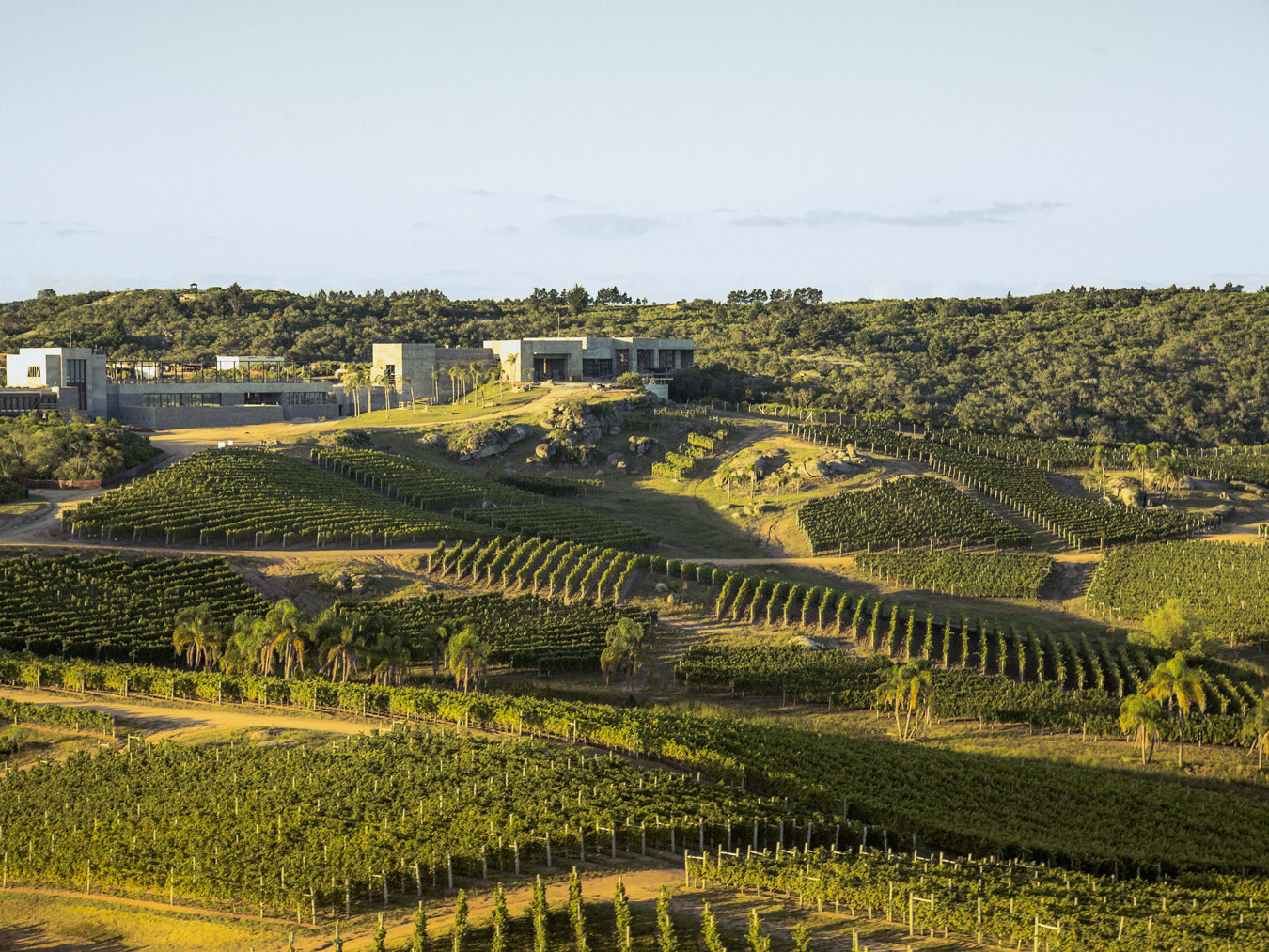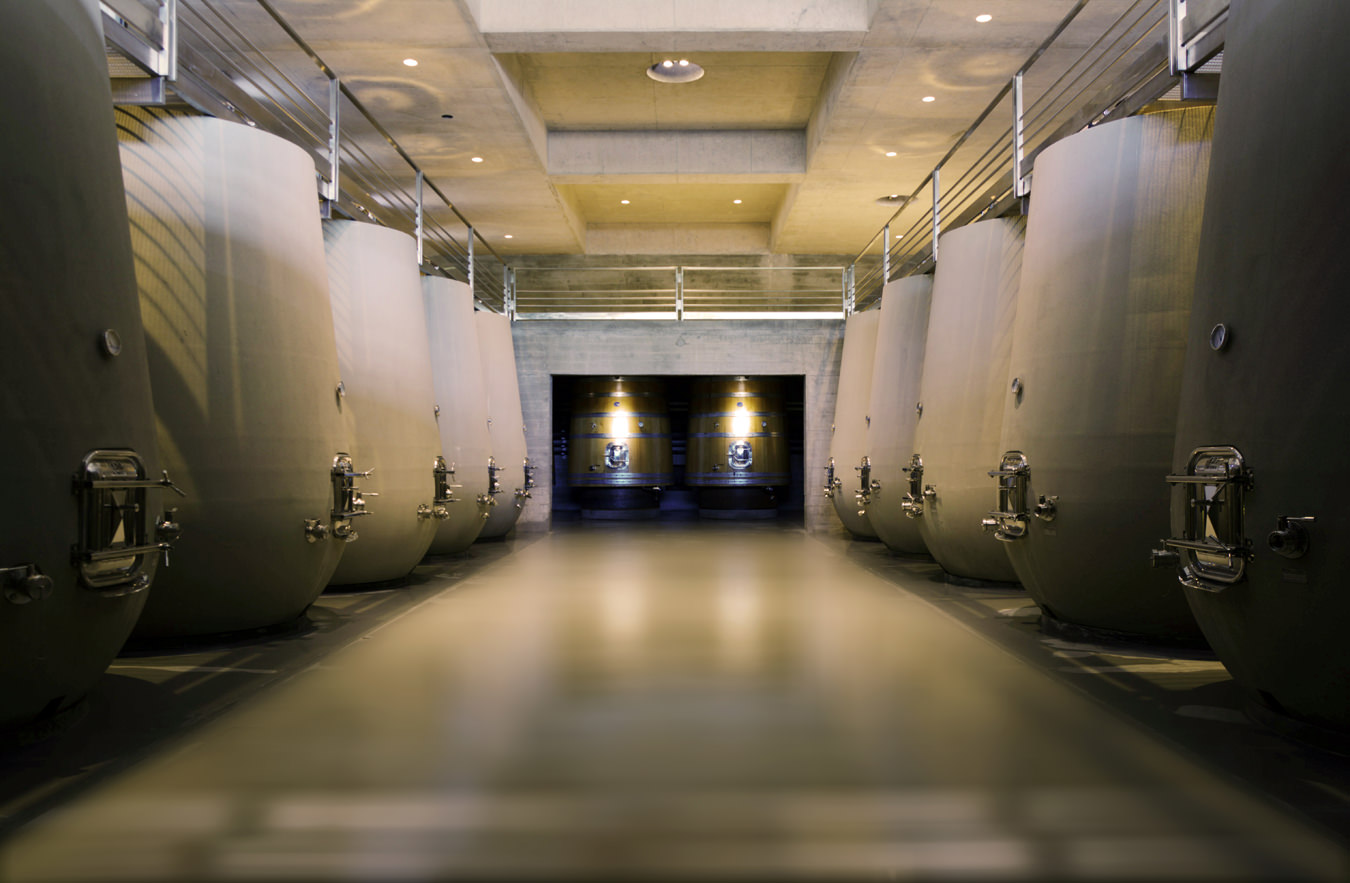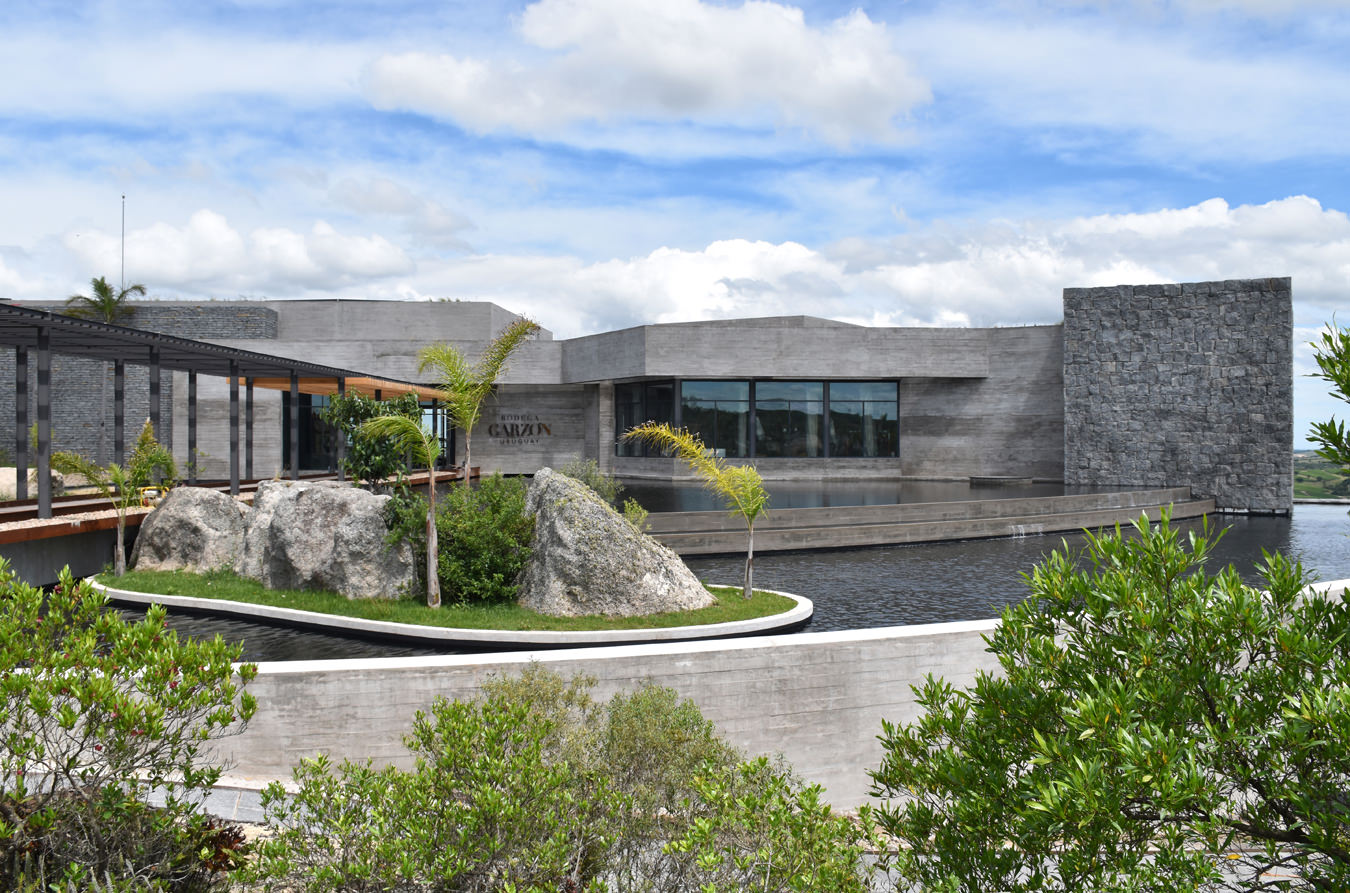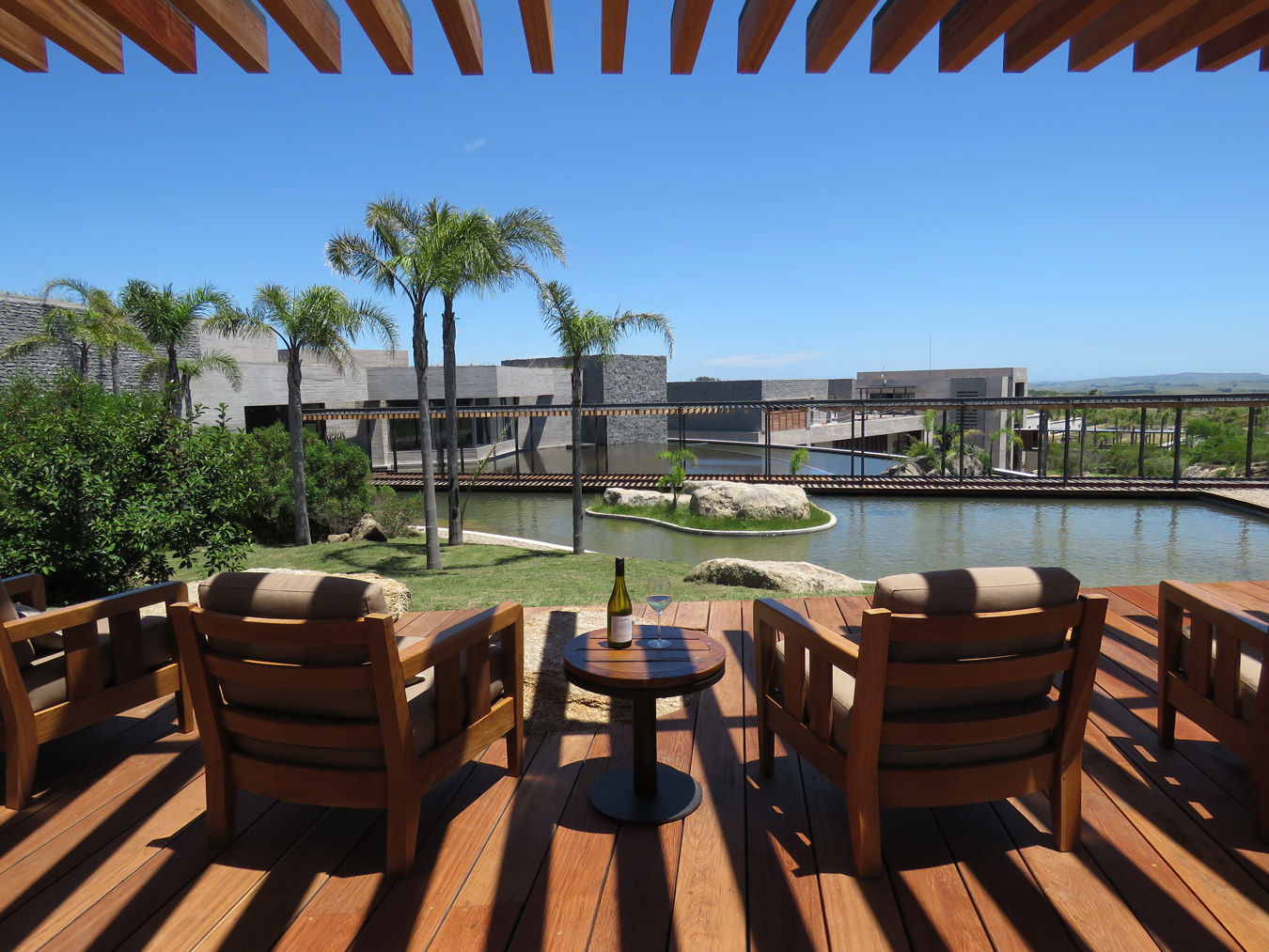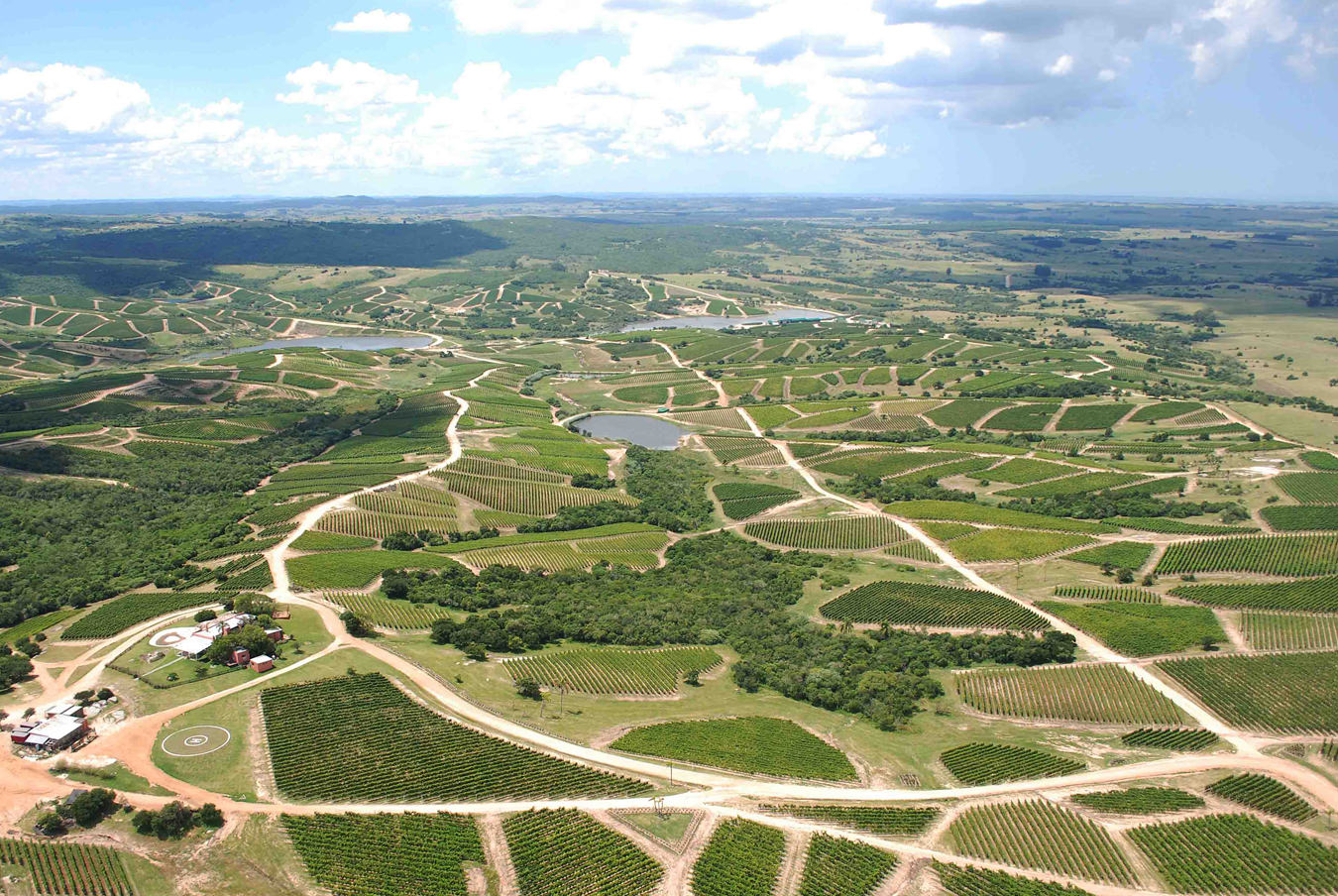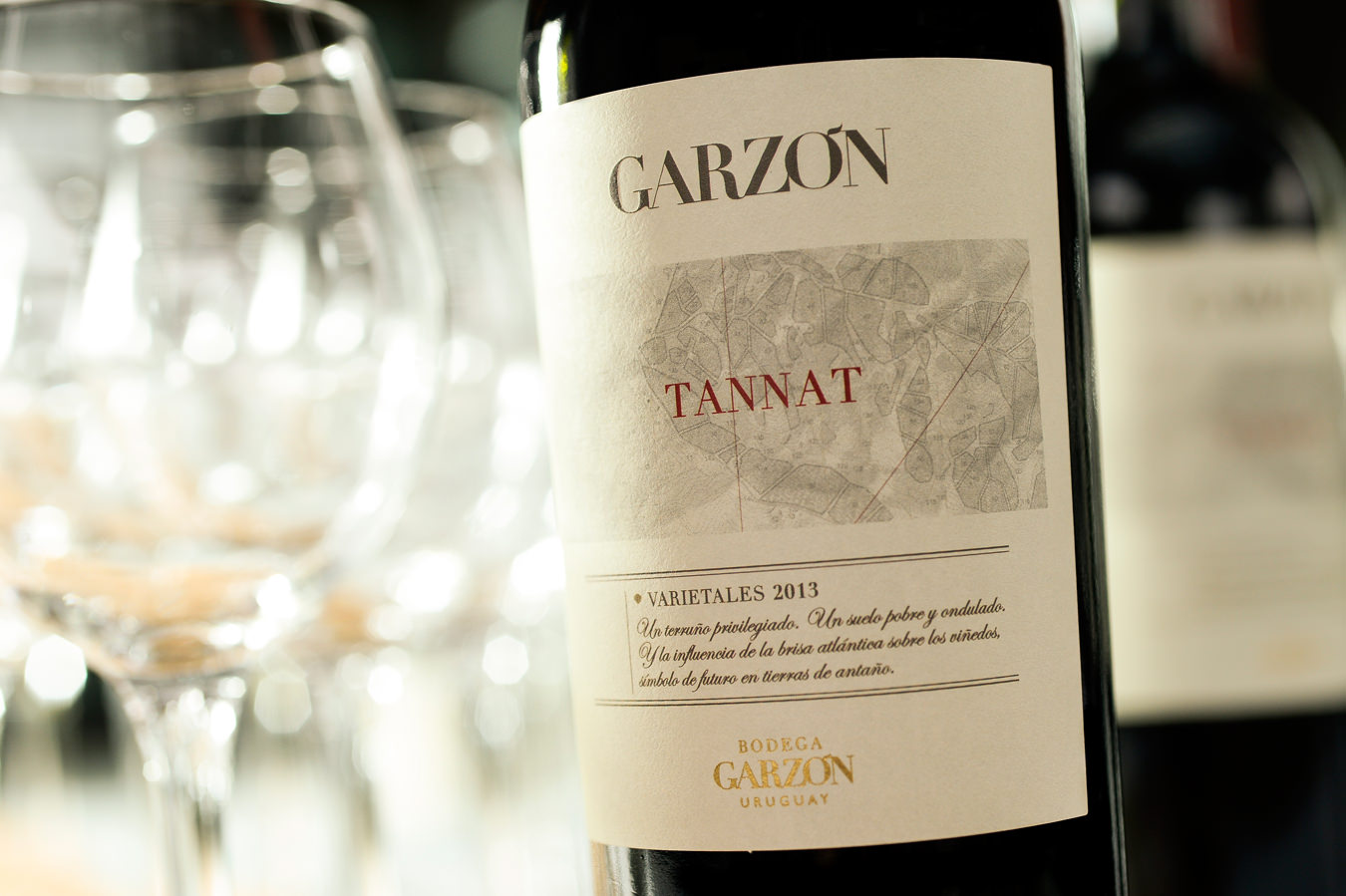Some grape varieties are more popular than others. After all, who hasn’t heard of cabernet sauvignon or chardonnay? Some are fashionably chic or at least hip enough to be on the radar of interested wine consumers, such as viognier or grüner veltliner. Then there is tannat, sitting quietly outside the mainstream, waiting for its moment.
Mention tannat to seasoned wine drinkers and you will get a mix of responses. Some think France, others are reminded of a highly tannic red, while some think of Uruguay, where the grape is part of the national heritage. The original tannat material came to Uruguay from France in the late 19th century and has been grown more or less uninterrupted for some 130 years. It’s a grape that has adapted well to the region. Historically, tannat has been grown on the flatlands of the Canelones Department in heavy clay soils that frankly seemed to enhance its already substantial structure and tannins.
A different style of tannat is made by Bodega Garzón in Garzón, Uruguay. The Garzón project is a gigantic undertaking led by Argentine oil man Alejandro Bulgheroni with his long-time friend Carlos Pulenta. Together the pair are buying wine estates across the globe, including Bodega Vistalba and Bodega Argento in Argentina, Renwood Winery in California, Château Suau in Bordeaux, Dievole in Tuscany, and, more recently, a vineyard in the Greenock sub-appellation in Australia’s famed Barossa Valley, where they plan to make shiraz and grenache from old vines. It doesn’t hurt that Bulgheroni and his brother, also named Carlos, rank number 324 worldwide on the 2016 Forbes: The World’s Billionaires list and number one in Argentina (with a real net worth of $4.8 billion).
Bodega Garzón is like no other winery project. The entire facility is in the process of being LEED certified, including vineyards, winemaking, and hospitality, along with a commitment to sustainable, green farming practices. To comply with the strict LEED regulations, they started a bus company to transport the employees in and out from nearby towns.
The wines are in the hands of noted winemaking consultant Alberto Antonini, who has been with the project from the start. After Bulgheroni dismissed Antonini’s conservative 20-hectare plan to launch the project (saying to him something along the lines of, “At my age, we need to move quickly”), Antonini laid out a 200-hectare vineyard, in 1,000 individual blocks, spreading them far and wide across the stony hillsides. In between the blocks are extensive swaths of biodiversity, giving the property a bit of a mixed-farming, Tuscan look. The winery is a vast expanse of concrete and large wooden foudres mostly tucked below the surface of the land; yet as perfect as the facility is, it’s the tannat and albariño that are going to put the place on the map.
Antonini opted to bring in the French tannat clones from Madiran rather than using those available locally, and early results would suggest he made the right decision. “We decided to have a focus on grapes,” he says. “Tannat was here forever and the most important grape.” Still, he left the door open for others, including albariño.
He is drawn to the “obvious” quality of the soil. “It’s a beautiful soil that gives the wine energy,” Antonini explains. “We are managing the soils in a different way, trying hard to develop a deep root system to give the vines access to gourmet food—not fast food on the surface.” A rocky hillside landscape easily sheds excess water, and a deep root system provides added protection. Once the water is dealt with, it’s the significant influence of the Atlantic Ocean that makes Garzón. Antonini has plenty of help from full-time head winemaker Germán Bruzzone, whose grandfather founded Bodega Bruzzone in 1945 in Canelones, Uruguay, and head vineyard manager Eduardo Felix, a viticulturalist who has worked at several Uruguayan wineries including Bodega Bouza y Pizzorno. Both men bring what Antonini calls “valuable intelligence, rich with local knowledge; otherwise we wouldn’t know what we had.”
Those who know Antonini know that he loves concrete because “it’s where all the microbiology that we want lives, and we want to welcome it.” Garzón started with barrels to age, but they quickly realized it wasn’t the best tool for the fruit. Today the cellar is filling up with large untoasted casks to protect the original flavours and aromatics of the fruit. “It’s nothing new,” Antonini says. “We are just going back to the early days of winemaking.”
Support Canadian publishing. Buy a copy of our Winter 2016 issue.

